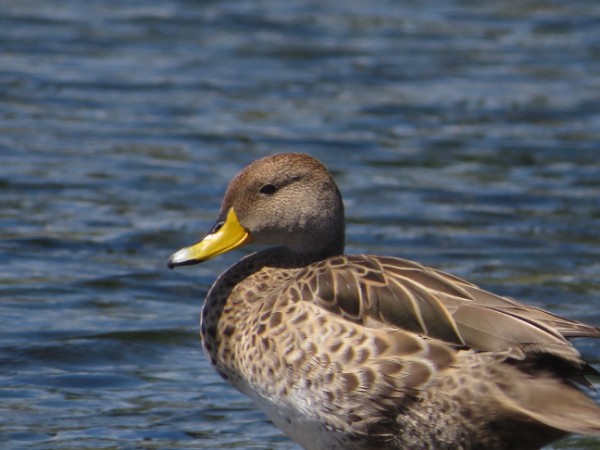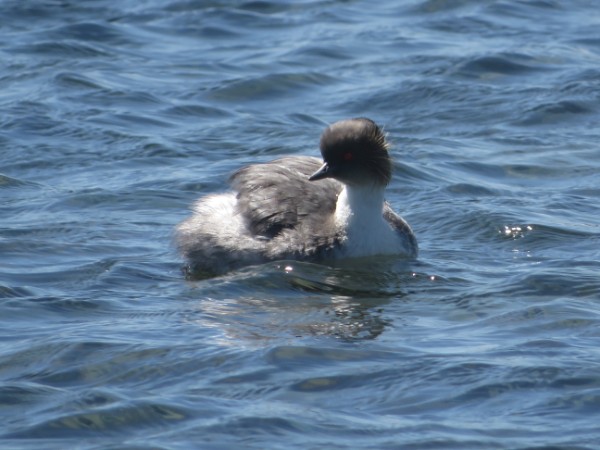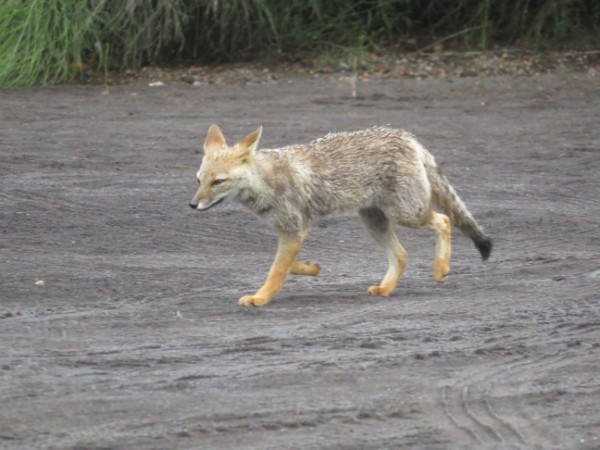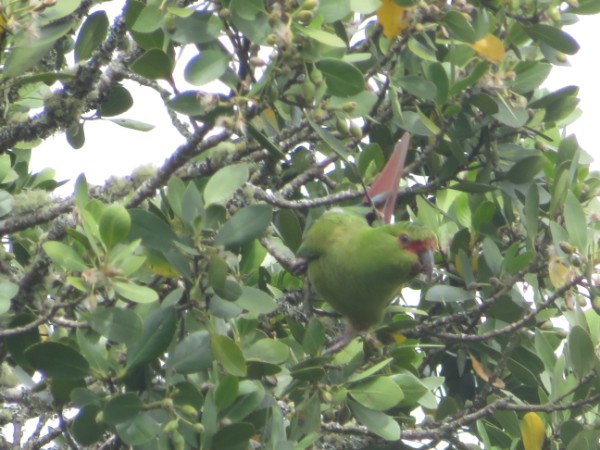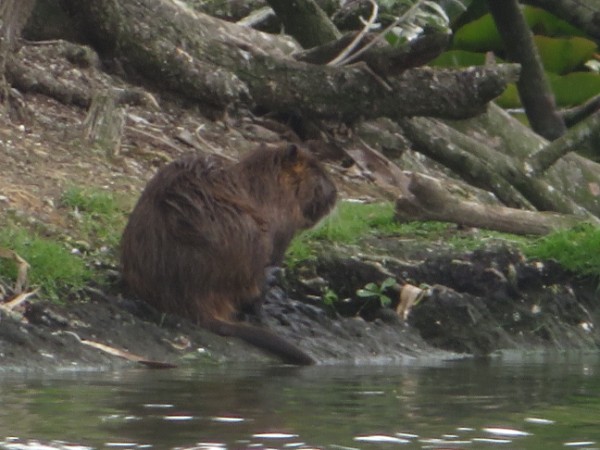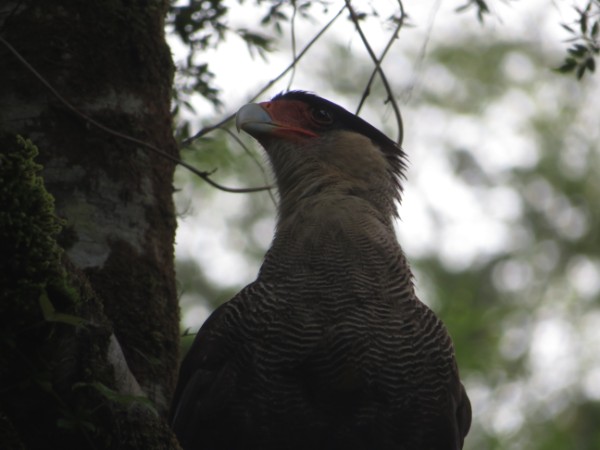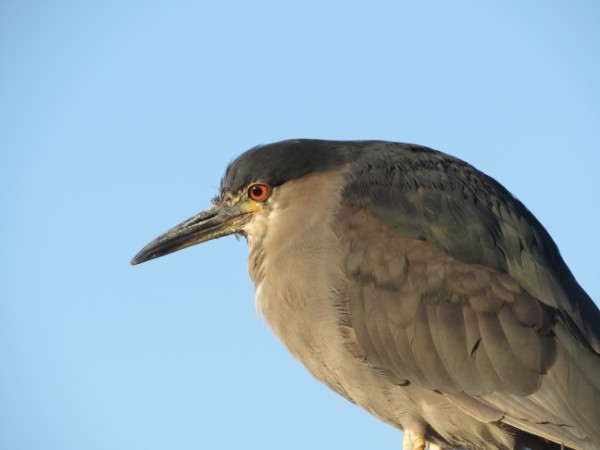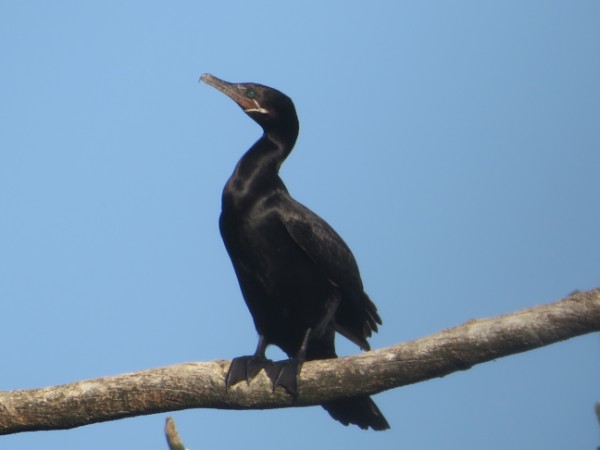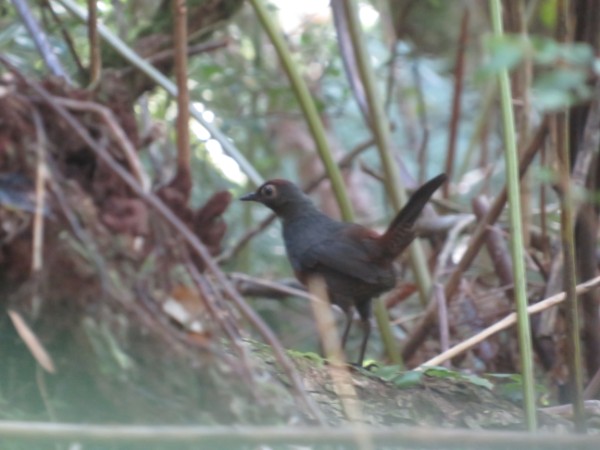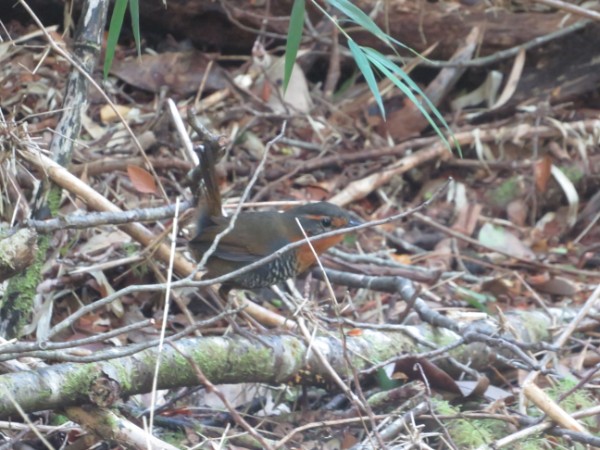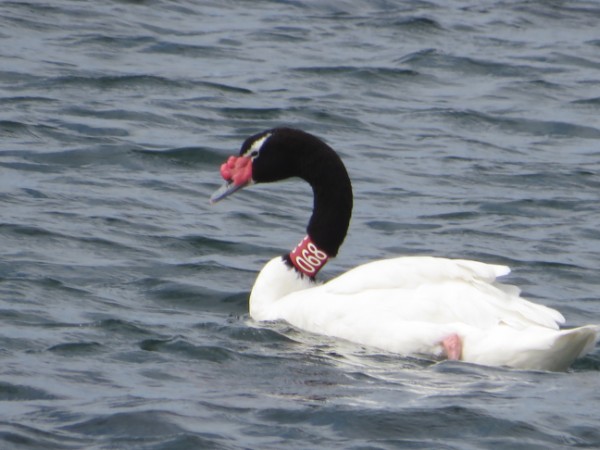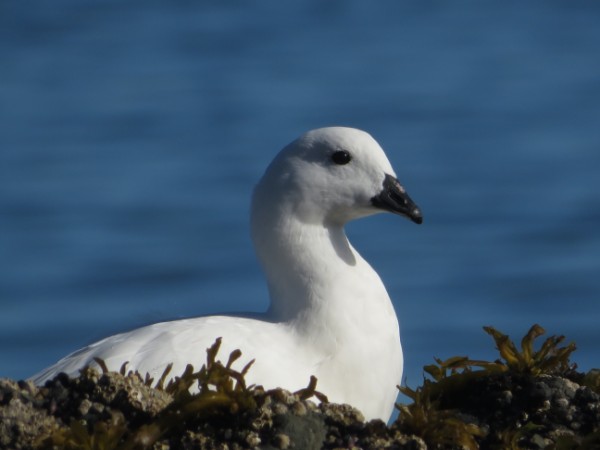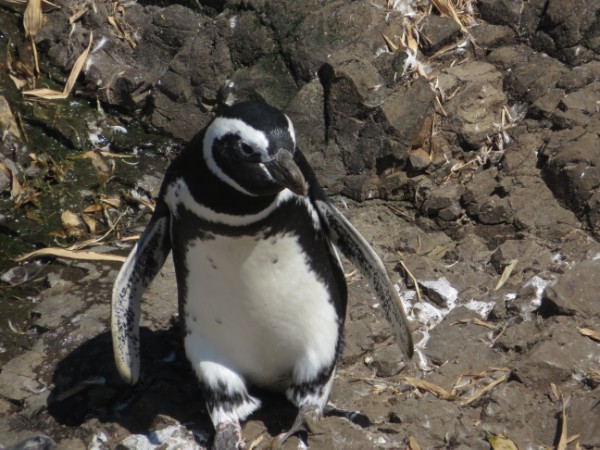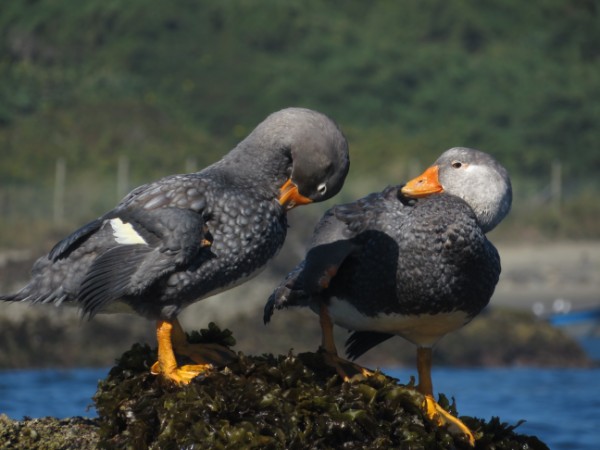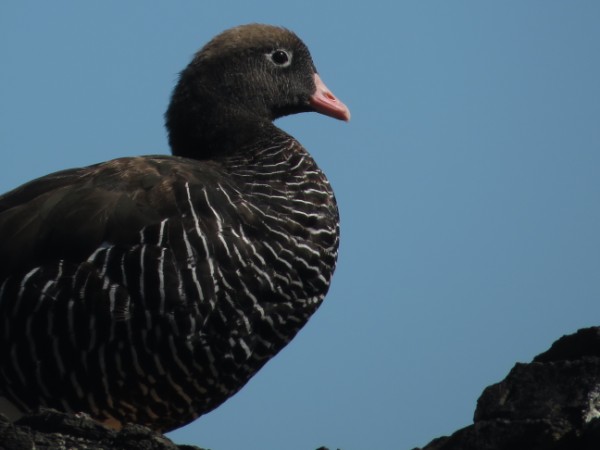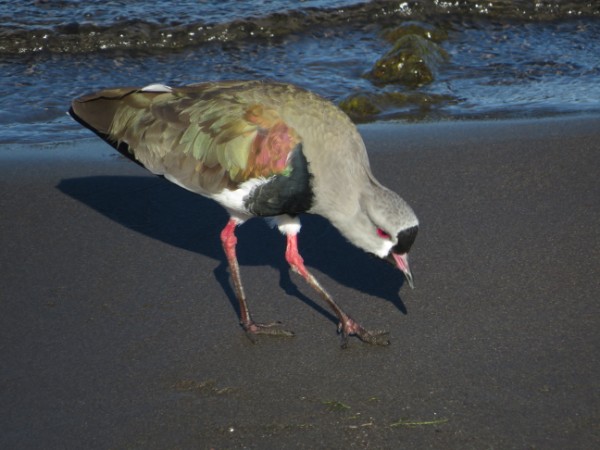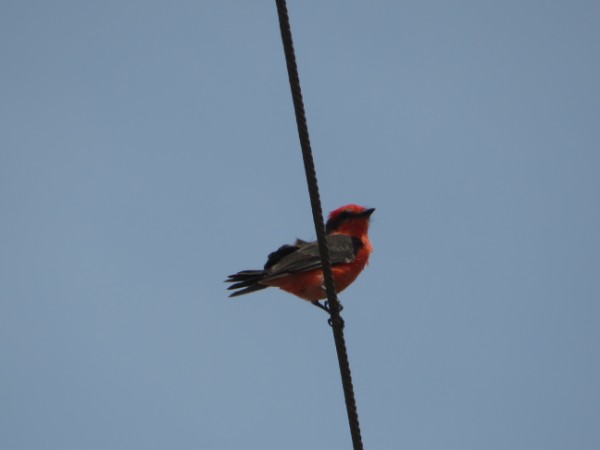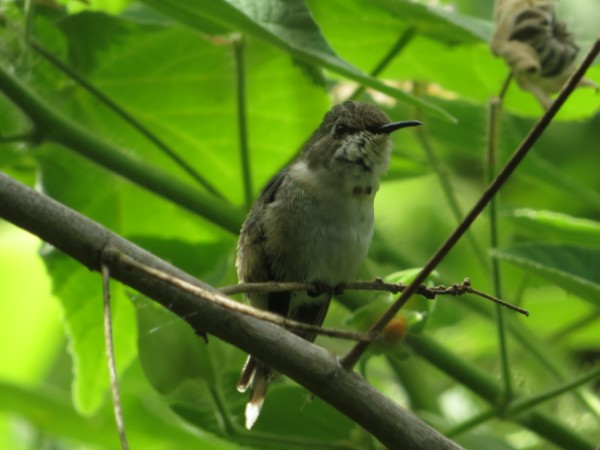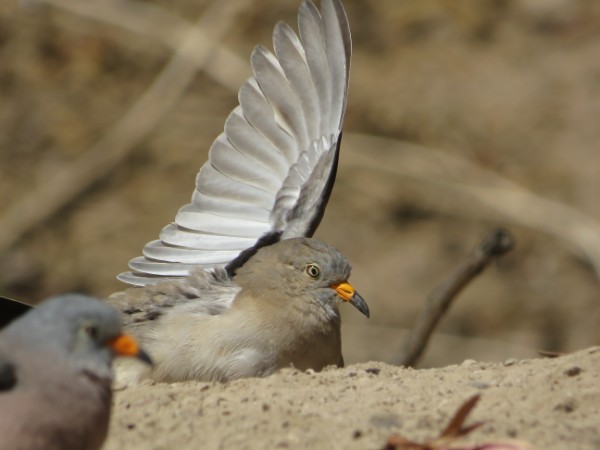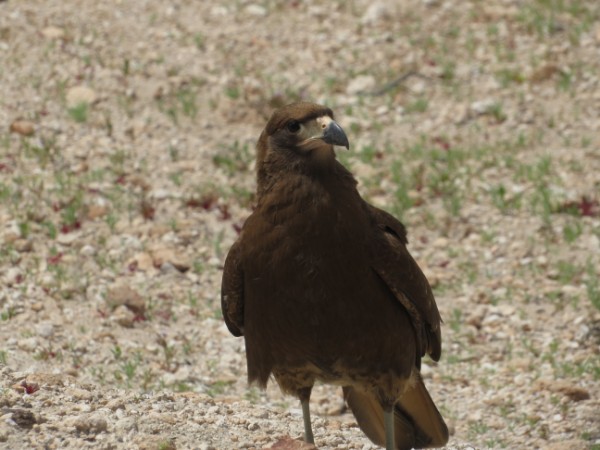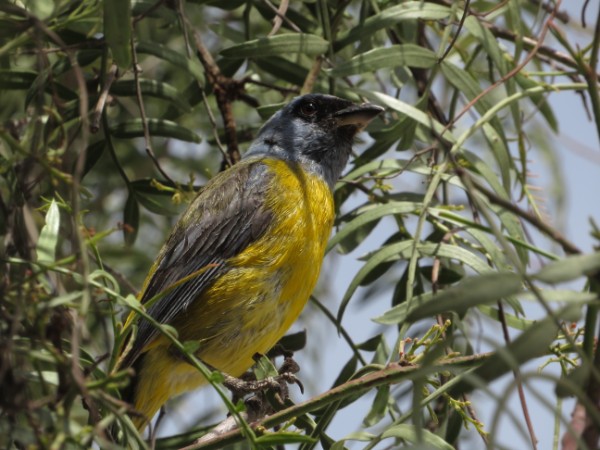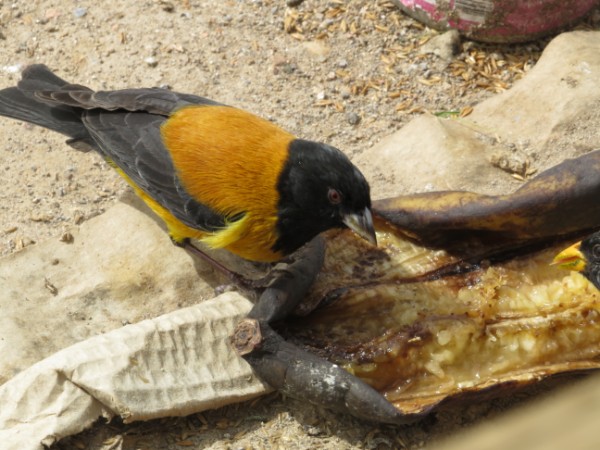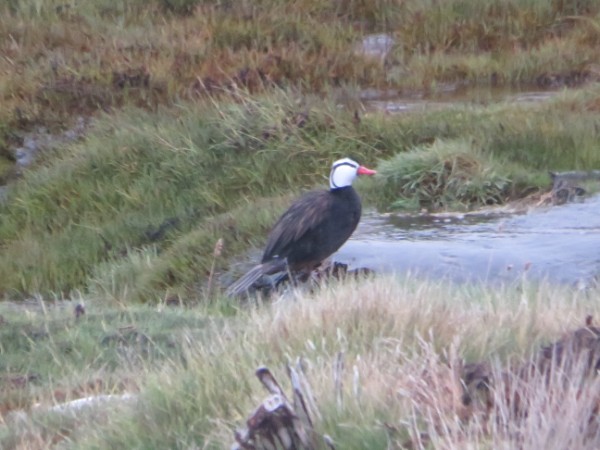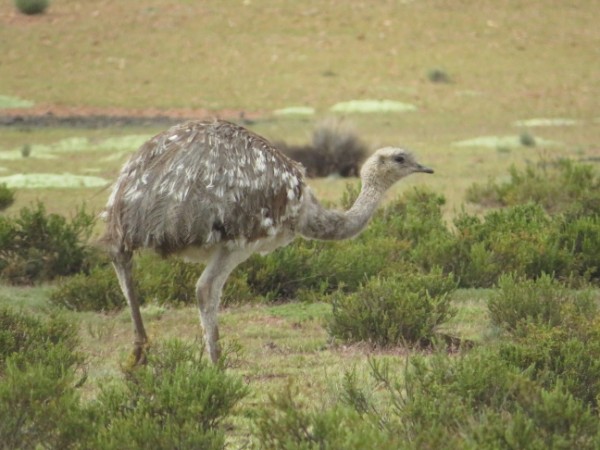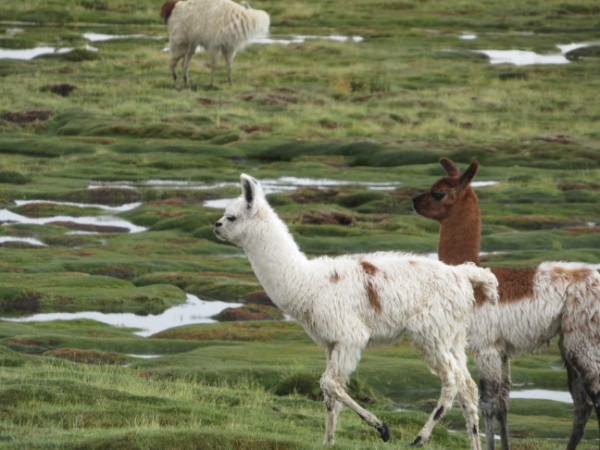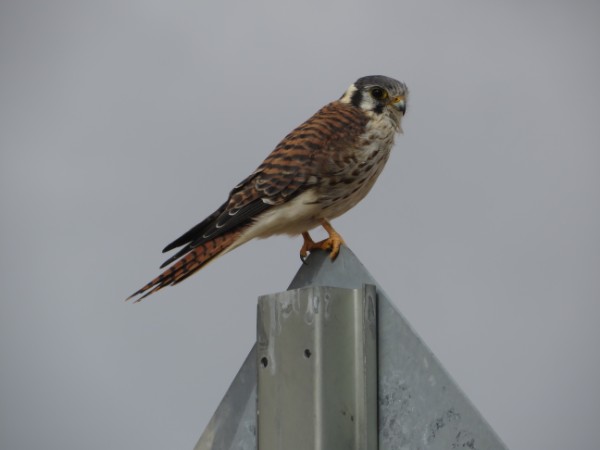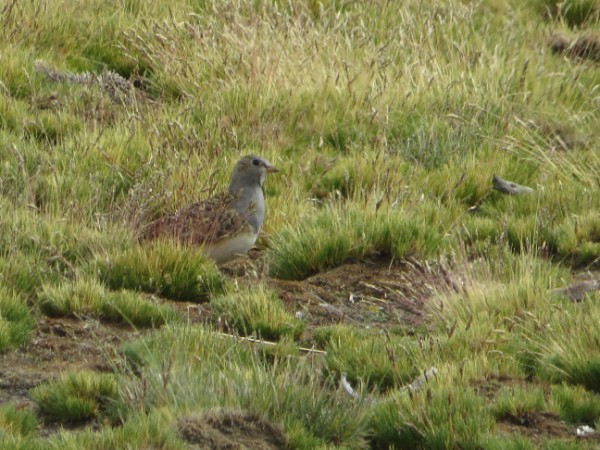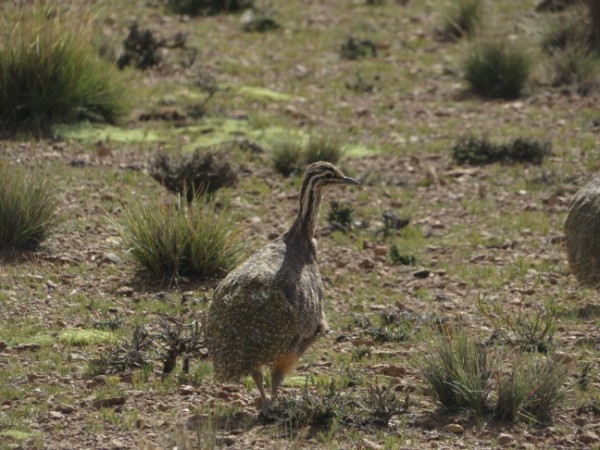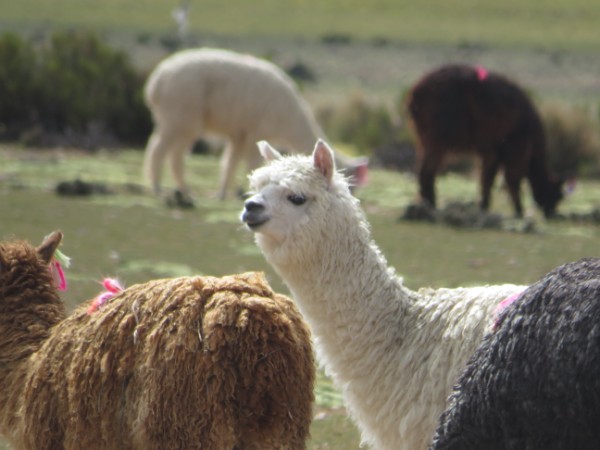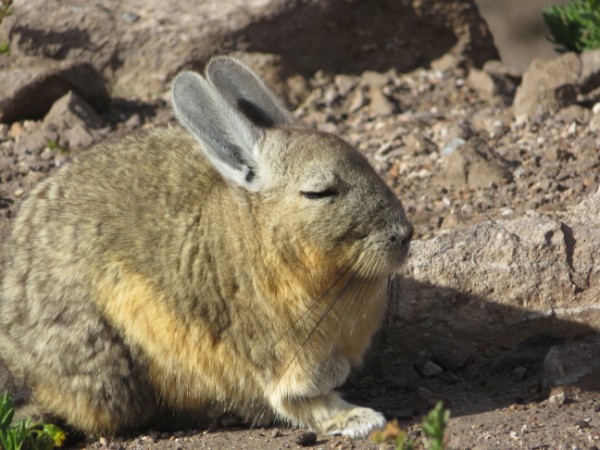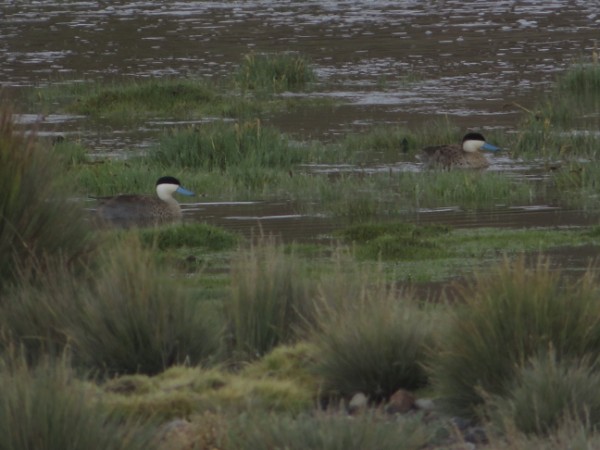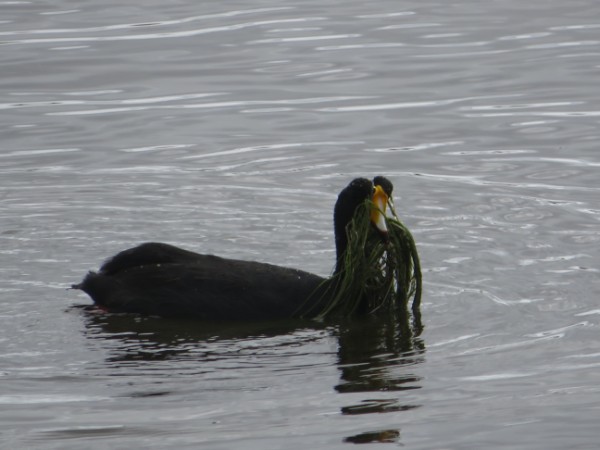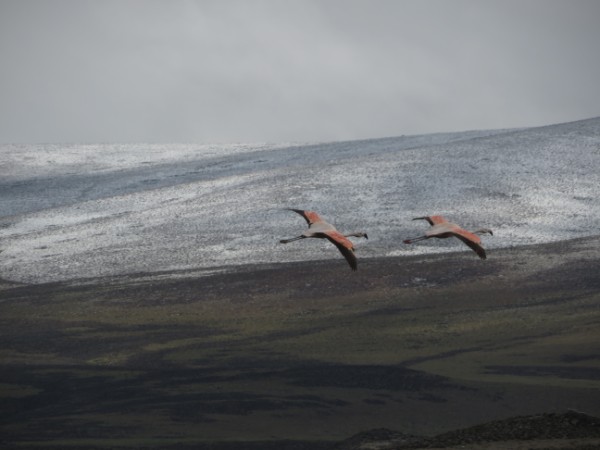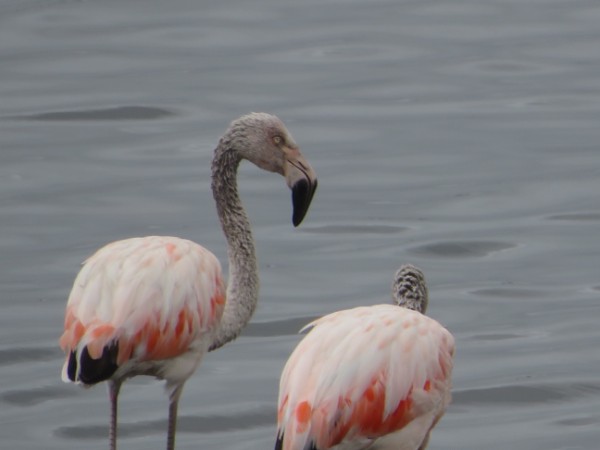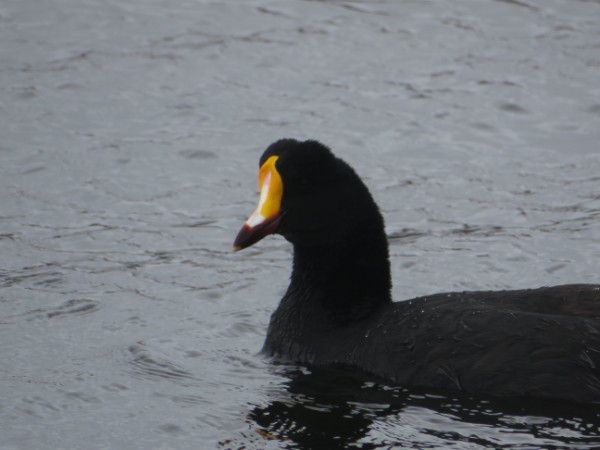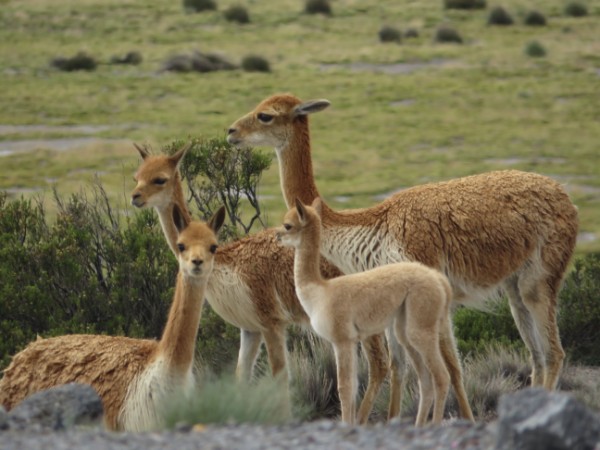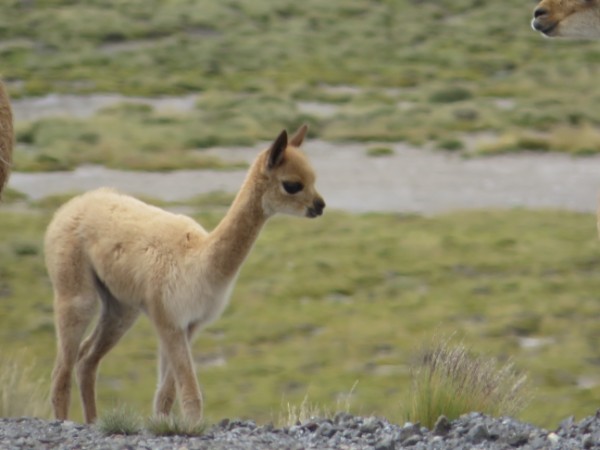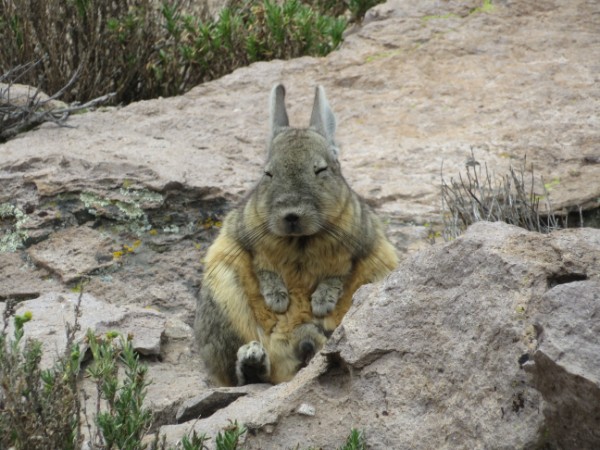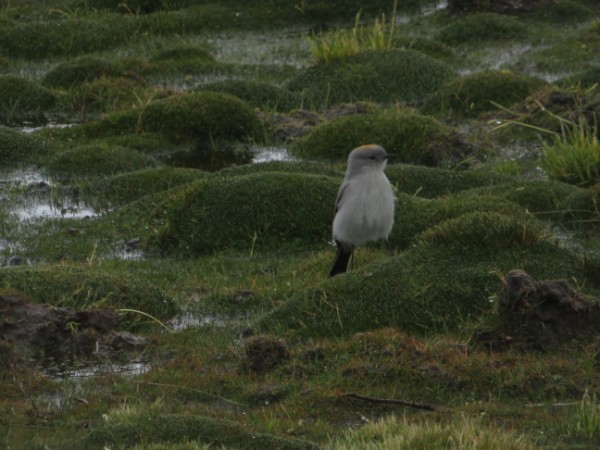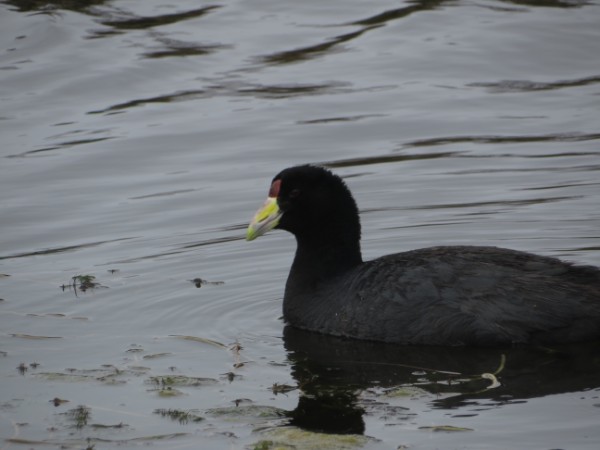April 1 – Insured
as I complete the morning ritual
of hanging the birdfeeders
I smile with relief –
today is our first day back in America
when illness might not ruin us
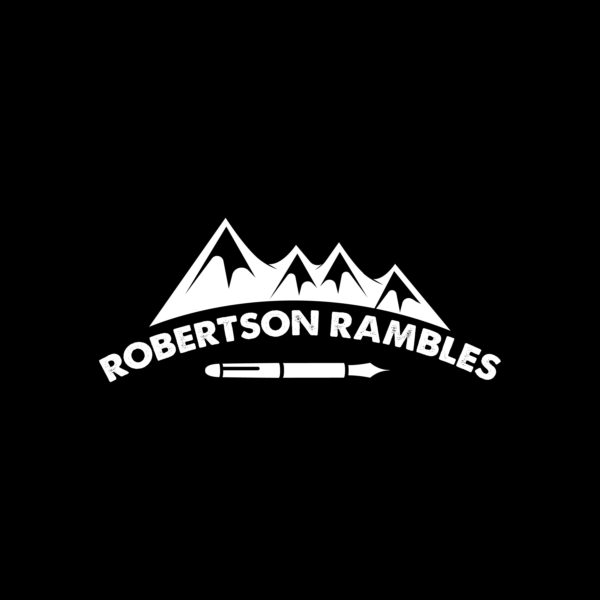
April 1 – Insured
as I complete the morning ritual
of hanging the birdfeeders
I smile with relief –
today is our first day back in America
when illness might not ruin us
on not winter-camping
once the dark falls
I draw the cabin walls around me
filling them with wood and warmth
shutting out the fox’s screams
loose ends
gliding through aspen and spruce
the question arises unbidden –
what unfinished business do I have?
mostly the same as any mother
any wife
any daughter
any sister
and then the book I have been writing
all these late nights for years
unsent
unpublished
unimportant
otherwise
I think all the people I love know
and now all that’s left
is to sink into the skis’ kick and glide
think thank you over and over
and pray for mercy
called home early
our adventure cut short
no sloths or macaws
Temple of the Sun
Bosque Eterno de los Niños
Panamanian private island
really no March April May plans left
probably not even empty Seawall Beach in June
our one year off hacked by a third
down the drain
alongside a pile of cash
but
we regained a winter
and a neighborhood fox
the moon waxes right to left again
our boys learn how to stand on skis
our lessons in slowing down
have been taken to the extreme
I sit with Moon Creek every day
its news an antidote to mine
more importantly
our family knows we will not leave them
we’re as safe as Americans can be
we’re done debating how long to hold out
we still have our foursome to hug
and no one we love has died alone yet
there is never a good time
for terrible events
and just look what we packed
into those six short months
we were lucky to live so large
denning bears
tonight we will sleep
each in our own places
the deep slumber
of denning bears
so warm in our thick black coats
in our cozy hollows
of thick white snow
where no wind stirs
we will dream
calm safe dreams
of honey in unguarded hives
and salmon that jump
into our open mouths
trusting that when winter
eases its grasp
and it’s time to
muscle our way
out of the drifts
the sun will be there to warm us
the roots will be ready to nourish us
and our ancestors have already made
clear paths we can follow
to finally drink fresh water
and feel the crisp clean air
settling deep into our lungs
until all our old stale breaths
are wrung right out
yes, you and I,
each in our quiet den,
a mountain or more apart,
we trust implicitly
that there will still be a world
worth waking for
and our cubs will be
just fine
Uncertain Love Poem
Today I am falling in love with snow falling –
air moving water from one basin to the next –
while Moon Creek refuses to freeze.
I am falling in love with our modern life
transformed into a black-and-white photograph –
monochromatic woods of white snow and charcoal trunks;
our thoughts so much more basic this March than last –
where to find flour
how to wash hands to survive
which board game to play today.
I am falling in love with the mysterious intact orange
our boys found in a snowbank,
now halved on the deck,
an offering for orioles
who may never arrive.
I am falling in love with uncertainty,
I tell myself without buying it.
My mouth still goes sour
at each unknown we’re forced to swallow now.
Honestly, I am just falling into a holding pattern,
making a new space in my mind
where not knowing is allowed
(if not warmly welcomed).
This year the universe keeps pounding on my door
like the house is on fire,
desperately trying to wake me up,
shaking me in my bed until I will repeat after it:
you don’t need to know what’s next.
In fact, you may never get to know what happened.
All that’s left for you to know, to trust, to believe,
is that if you squint hard enough
there will always be something in your field of view
worthy of your love.
The Good News (inspired by Thich Nhat Hanh)
Moon Creek will sing
whether we’re on the earth
or under it
the blue sky
will get bluer
without contrails
the twisted path that brought us here
today lets me make friendship offerings
to birds and foxes
whose bright beating hearts remind me
we’re not alone
my mother, planning for her death
in a place where I can’t hold her hand
smiles bravely, assures my sister and me
she’s lived her life of service
without regret
now there is so little left
in the way of importance
I sit on the side of the creek
while the snowy banks run to water
doing nothing
only being
only listening
when a mountain chickadee
who has heard nothing of the end of days
flits to a flat rock in the channel
then wades in
delightedly splashing clean cold water
all over her plump fluffed self
it takes a long time
for her to stop savoring the sensation
she jumps from one branch to the next
shaking all her feathers loose
bustling with the busy joy
of water sun and wind
and I am still here to see her
and you are still here to tell
photo by Owen
Roxy the Red Fox
a fuzzy flicker of flame
far brighter than the
temperamental woodstove can manage
glides across ice-crusted snow
in knee-high black boots
he fixes us with amber eyes
gauging our intent
then settles in on the knoll
overlooking Moon Creek
(we passed his test)
first he curls his tail into a cushion
then draws himself up
so he can settle upon it
like a ptarmigan atop her chicks
from his dainty pointed nose
to velvet black-backed ears
he is all elegance
that still melts into ponderosa when needed
now we’ll never feel the same here,
always looking out the sides of our sight
wondering if he’s near
studying any tracks
and sniffing for his scent
waiting for him
with the same delightful disappointment
the Little Prince felt when his fox was late
our latest emissary from the universe’s
Department of Good News
says without speaking
no matter how distant you try to be
you’re never, ever alone –
your animal family
will always be near
For Chile we decided to stay in one location for a long time, and we chose the town of Puerto Varas, near the very beginning of Patagonia. We also took small trips to other locations, such as the island of Chiloe, and to Volcan Osorno. After our month there was over, we stopped in the north at Putre, a town in the Andes for several days, so we could take a trip into the nearby Parque Nacional Lauca, a hotspot for high Andean wildlife, such as vicuñas, flamingos, rheas, viscachas, and more, all seen here.
